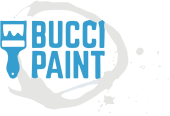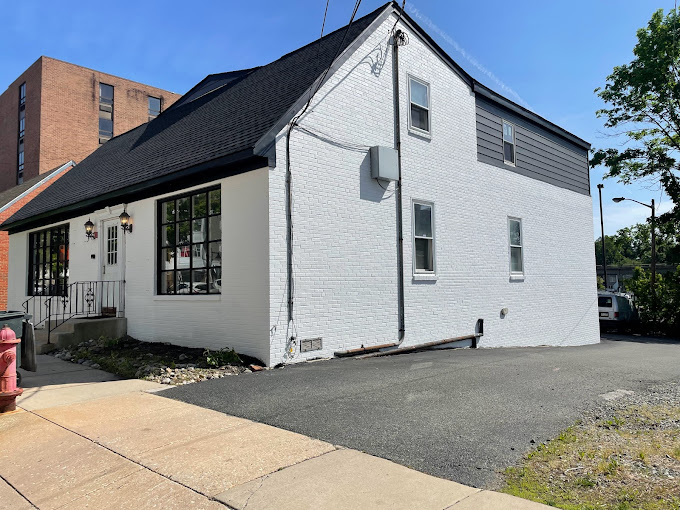In Evesham, NJ, the exterior of your home is exposed to fluctuating weather conditions—harsh sunlight, humidity, snow, and rain—all of which can impact the longevity of your paint job. Preparing your home’s exterior properly before painting is the foundation for ensuring lasting durability. Skipping steps or using shortcuts might save time now, but it often leads to peeling, cracking, and expensive repaints later. A thorough preparation process safeguards your investment and enhances curb appeal for years to come.
Key Takeaway: Proper preparation for exterior painting isn’t optional—it’s the key to achieving a smooth, beautiful, and long-lasting finish.
Why Proper Surface Preparation Matters
Cleaning for a Solid Foundation
A caring and thorough approach starts with cleaning the surface. Dirt, mildew, and old flaking paint create barriers that prevent new paint from adhering properly. Power washing is often the first step, removing grime and buildup so that the new coat bonds seamlessly. This step is particularly important for homes in New Jersey, where seasonal weather can leave residue on siding, brick, or stucco.
Repairing Structural Imperfections
Before any primer or paint is applied, cracks, holes, and damaged surfaces need to be addressed. Rotting wood, chipped stucco, or compromised siding should be repaired to prevent further deterioration. This stage is critical because painting over these flaws only masks the problem temporarily. Professional repair ensures the integrity of your home and extends the life of your paint job.
Priming for Maximum Adhesion
Primer acts as a bridge between the surface and the paint, sealing porous areas and creating a uniform base. It helps prevent stains from bleeding through and improves the coverage of the final coat. Especially on raw wood or repaired areas, priming is essential for a flawless, long-lasting finish.
The Role of Weather and Timing in Durability
Choosing the Right Season
In Evesham’s climate, timing is everything. Painting during excessively humid or rainy conditions can trap moisture beneath the paint, leading to peeling and blistering. The ideal conditions include mild temperatures, low humidity, and little wind. Summer and early fall often provide the most stable environment for exterior work.
Monitoring Moisture Levels
Even if the weather seems clear, hidden moisture within wood or stucco can cause paint failure. Before beginning, surfaces should be completely dry. Professionals often use moisture meters to confirm that conditions are suitable, ensuring that your investment isn’t compromised by unseen dampness.
Allowing Adequate Drying Time
Each stage—from washing and priming to applying the topcoat—requires sufficient drying time. Rushing through these steps to finish faster can lead to problems later. By prioritizing patience and precision, you ensure that every layer cures properly for maximum durability.
Selecting the Right Products for Longevity
High-Quality Exterior Paints
Not all paints are created equal. Investing in premium paints specifically formulated for exterior use ensures superior resistance to fading, chipping, and mildew. High-quality paints also offer better color retention, maintaining the beauty of your home for years without frequent touch-ups.
Specialty Coatings for Unique Surfaces
If your home features masonry, stucco, or concrete, using specialized coatings enhances protection. These products are engineered to handle the expansion and contraction caused by temperature changes while maintaining adhesion. For homes with decks or additional structures, a proper approach to deck staining or painting also contributes to overall durability.
Eco-Friendly and Low-VOC Options
Today’s paints include low-VOC and environmentally conscious options that are safer for your family and the planet without sacrificing performance. These formulations provide excellent coverage and durability while minimizing odors and harmful emissions during the painting process.
Preventative Measures Before the First Brushstroke
Inspecting and Replacing Caulk
Sealing gaps around windows, doors, and trim prevents water infiltration, which can lead to rot and paint damage. High-quality exterior caulking is essential for protecting your home’s structure and preserving the integrity of your paint job.
Sanding for a Smooth Finish
Uneven surfaces or remnants of old paint need to be sanded to create a uniform texture. This step ensures that the new paint not only adheres properly but also looks flawless once applied. It’s an often-overlooked detail that makes a world of difference in the finished result.
Treating Mold and Mildew
New Jersey’s climate can foster mold and mildew growth, especially in shaded areas. Treating these problems before painting helps prevent them from resurfacing under the fresh coat, ensuring a cleaner and healthier exterior for years to come.
Answering Common Questions
How long should I wait after power washing before painting? It’s recommended to wait at least 24 to 48 hours, or longer if humidity is high, to ensure the surface is completely dry before applying primer or paint.
Do I really need to prime if I’m using a paint-and-primer-in-one product? While these products can work well on previously painted surfaces in good condition, priming is still essential for bare wood, repaired areas, or heavily weathered surfaces to guarantee adhesion and durability.
Can exterior painting increase my home’s value? Yes, a well-executed exterior paint job significantly boosts curb appeal and can increase property value. It’s an investment that enhances both aesthetics and protection.
How Climate Affects Paint Longevity
Local weather conditions in Evesham directly influence paint performance. Frequent freeze-thaw cycles can cause cracking, while high humidity encourages mildew growth. Tailoring your preparation to these factors ensures long-term success.
The Connection Between Prep Work and Warranty Coverage
Most paint warranties require proper preparation. Skipping steps like cleaning, priming, or repairing damage can void these guarantees, leaving homeowners without recourse if issues arise.
Why Professional Help Makes the Difference
Taking on a major project like exterior painting can feel overwhelming, but professionals handle every detail with precision. From exterior painting to addressing structural repairs and even drywall installation and repair, a trusted team ensures superior results. For interior upgrades, explore services like interior painting or specialized masonry, concrete, and stucco coatings to complete your home transformation.

